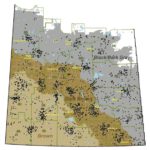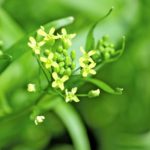
Sunflowers need a hybrid lift
With Western sunflower acres dropping sharply in recent years, new varieties are needed to claw acres back from easier-to-grow soybeans

‘Farmscaping’ for profitability, sustainability
Applying some of the same principles from kitchen design can improve the environment and the workflow on the farm

Give your insect friends a home
Leaving some non-crop areas with a diverse range of perennial vegetation can save you money on insecticide

Going beyond NPK in your fertilizer program
New tests get closer to helping producers build soil health

Is climate change making leaf diseases worse?
Durum quality took a beating last year, and climate change could see more of the same

The more you spend, the less they work
If you want to keep using herbicides, give them an occasional rest and try a winter cereal or a heavier seeding rate

Halting the feed barley decline
Many growers still take a yield penalty in hopes of a malting premium, but breeders say feed varieties offer advantages

Peaola continues to show promise
On their own, the peas and canola may only produce 60 per cent of normal, but that still adds up to a 120 per cent yield

A genetic solution to fusarium?
Across the country, several researchers are studying fusarium from every angle, from pathology to agronomy

Could camelina be ‘the next canola?’
You’ve heard the pitch on this oilseed before, but this time it could actually be true


